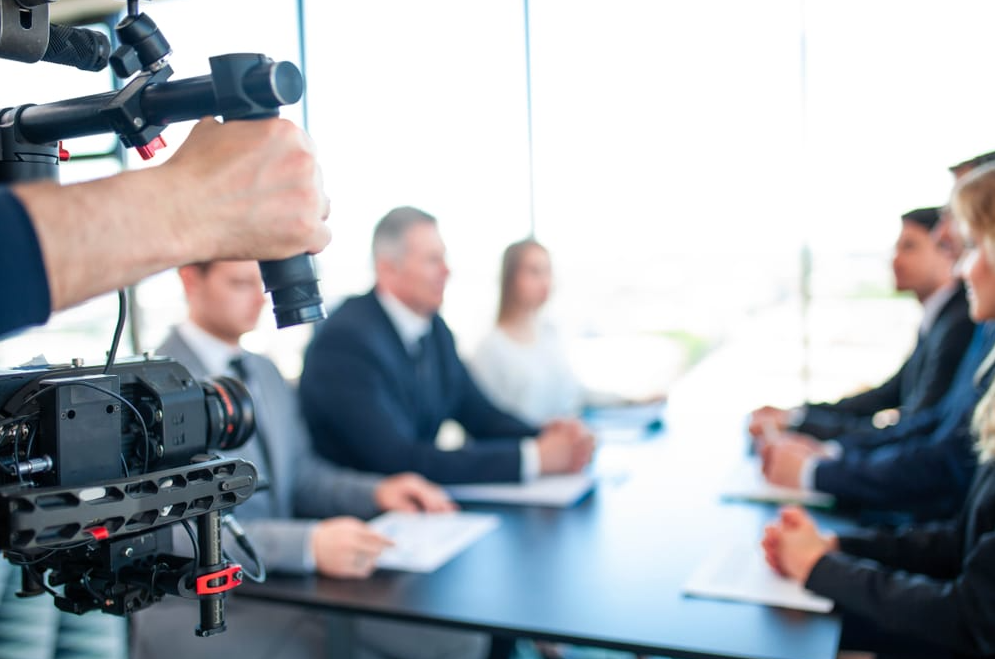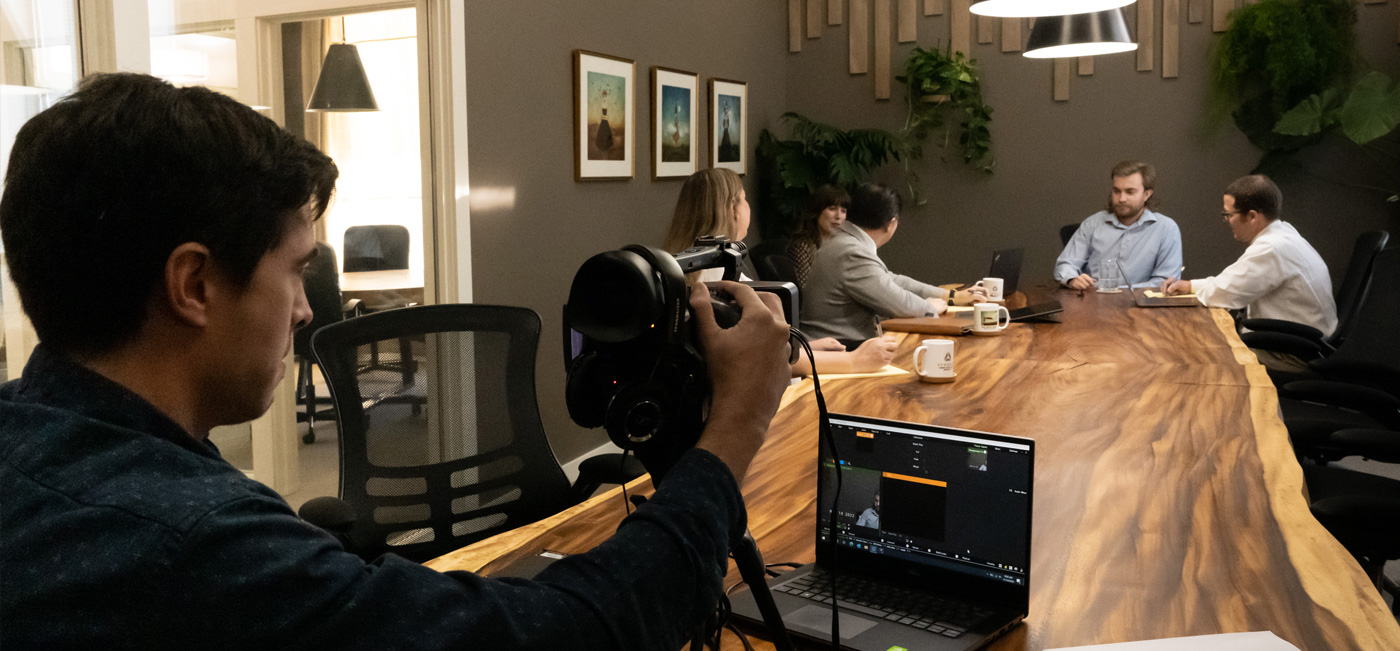The Function of Legal Videography in Modern Legal Proceedings
The Function of Legal Videography in Modern Legal Proceedings
Blog Article
Exploring the Systems of Lawful Videography: Introduction Its Operation in Safeguarding Authentic Aesthetic Testament for Judicial Procedures
In the realm of judicial process, the function of lawful videography stands as a foundation in maintaining and providing aesthetic evidence. As innovation continues to development, the mechanisms behind legal videography have actually become significantly intricate, using an important layer of credibility to statements recorded on video.
Historical Advancement of Lawful Videography
Taking a look at the historic progression of legal videography discloses a significant improvement in the recording and presentation of visual proof within the lawful landscape. In the past, legal proceedings heavily counted on created photos and records to record events and supply proof. With the development of video technology, the lawful industry saw a paradigm change in exactly how aesthetic testament was recorded and offered.
The advancement of lawful videography can be mapped back to the late 20th century when advancements in video recording equipment made it much more easily accessible for use in courts. This technological improvement not only improved the accuracy and dependability of visual evidence but also revolutionized the way cases were provided to juries and courts (Legal Videography). Lawyers started to acknowledge the convincing power of video recordings in conveying feelings, subtleties, and non-verbal hints that composed transcripts or photographs alone can not catch successfully

Innovation Advancements in Video Clip Documentation
What vital technological improvements have revolutionized video documents in the lawful field? The legal area has actually seen substantial improvements in video documentation technology that have actually boosted the authenticity and reliability of aesthetic proof in judicial procedures. One of the key innovations is high-def (HD) video recording capabilities, which provide crystal-clear photos and sharp details that are important for accurately capturing testaments, facial expressions, and other aesthetic hints. Additionally, the assimilation of timestamping and metadata functions in video documentation devices has made it possible for exact documentation of when and where the video clip was taped, guaranteeing the integrity of the proof presented in court.
Additionally, improvements in video clip file encryption and watermarking modern technologies have strengthened the safety and security and tamper-proof nature of video clip evidence, securing it versus unauthorized modifications or meddling. The arrival of cloud storage space services and remote gain access to capacities has streamlined the storage space, retrieval, and sharing of video proof, facilitating seamless collaboration among legal professionals and guaranteeing effective access to important aesthetic testaments when required. These technical innovations in video clip documents have actually certainly transformed the legal field, enhancing the accuracy, reliability, and admissibility of aesthetic proof in judicial process.
Duty of Lawful Videographers in Courtroom Setups
The development of video clip paperwork technology in the lawful area has necessitated a crucial duty for lawful videographers in courtroom setups, making certain the stability and reliability of aesthetic statements presented throughout judicial procedures. Legal videographers play a basic function in capturing and maintaining precise visual proof that can be critical in litigation. Their duty encompasses establishing up devices, tape-recording procedures, and generating high-grade video clips that properly show the occasions in the courtroom.
Additionally, lawful videographers commonly function very closely with legal teams to guarantee that the video proof lines up with the instance's needs and can be effectively presented in court to support the legal disagreements site link being made. Generally, the duty of lawful videographers in court room setups is crucial in upholding the principles of justice and guaranteeing the transparency of legal procedures. Legal Videography.

Ensuring Admissibility and Honesty of Video Clip Evidence
To preserve the reliability of aesthetic evidence offered in legal process, guaranteeing the admissibility and honesty of video evidence is a crucial obligation for lawful videographers. Admissibility describes the acceptance of evidence by the court, and for video evidence to be permissible, it should fulfill certain requirements. Legal videographers play a critical role in making sure that the video clips they record adhere to the policies of proof, such as authenticity, relevance, and dependability.
Integrity of video clip proof entails keeping the creativity and precision of the video footage from the moment it is taped up until it exists in court. This includes securely storing the video clip documents, recording the chain of safekeeping, and stopping any type of tampering or alterations. Lawful videographers must follow rigorous procedures to ensure the integrity of the video proof and stop any type of challenges to its authenticity.
Future Trends in Legal Videography
Offered the boosting reliance on technology in lawful procedures, legal videographers are positioned to welcome ingenious developments forming the future of aesthetic testimony capture and discussion. Among the noticeable fads imminent is the integration of digital reality (VIRTUAL REALITY) and increased reality (AR) modern technologies right into legal videography. These modern technologies have the prospective to revolutionize exactly how visual proof is presented in court rooms, enabling discretionary to immerse themselves in the scene of the criminal offense or occurrence.
Moreover, the use of expert system (AI) formulas for video evaluation is anticipated to enhance the process of examining and evaluating huge amounts of video clip footage. AI can aid in determining vital moments, abnormalities, and patterns within videos, improving the performance of legal examinations.

Verdict
To conclude, legal videography has actually played an important role in providing Bonuses genuine aesthetic evidence for judicial process. Through technical advancements and the experience of legal videographers, the honesty and admissibility of video proof are guaranteed in court room settings. As legal videography remains to evolve, it will certainly be important see here to maintain criteria that maintain the precision and integrity of aesthetic testimony for the future of legal procedures.
Taking a look at the historical development of lawful videography reveals a substantial transformation in the catching and discussion of aesthetic evidence within the legal landscape.The development of video clip documents technology in the legal field has actually demanded an essential function for lawful videographers in court room setups, ensuring the integrity and dependability of aesthetic testaments presented during judicial process. In addition, legal videographers commonly function very closely with lawful teams to guarantee that the video evidence straightens with the situation's requirements and can be properly presented in court to sustain the lawful debates being made.To maintain the trustworthiness of aesthetic proof provided in legal procedures, guaranteeing the admissibility and stability of video evidence is a crucial responsibility for legal videographers. As lawful videography continues to progress, it will be vital to maintain requirements that maintain the accuracy and integrity of aesthetic statement for the future of legal proceedings.
Report this page